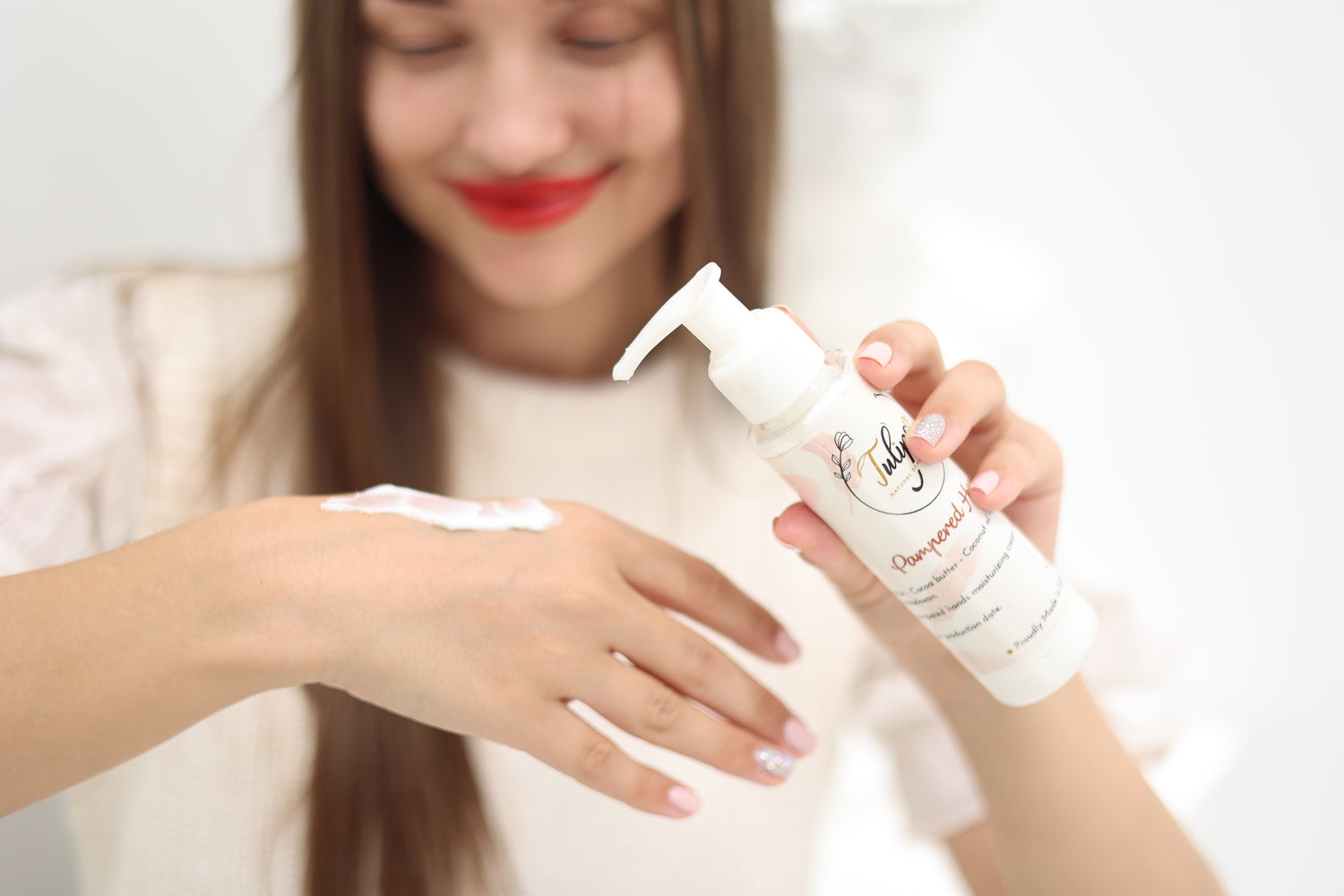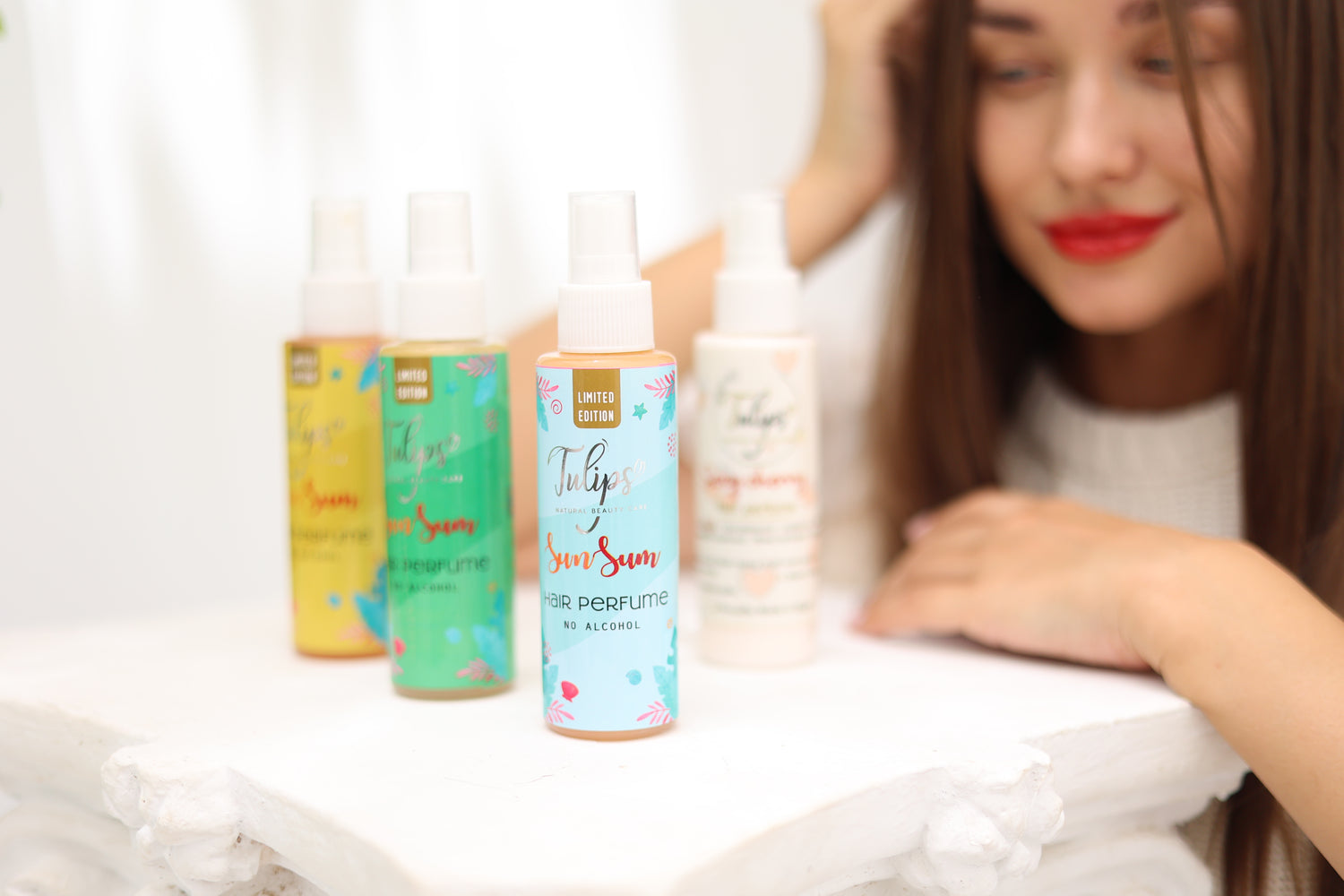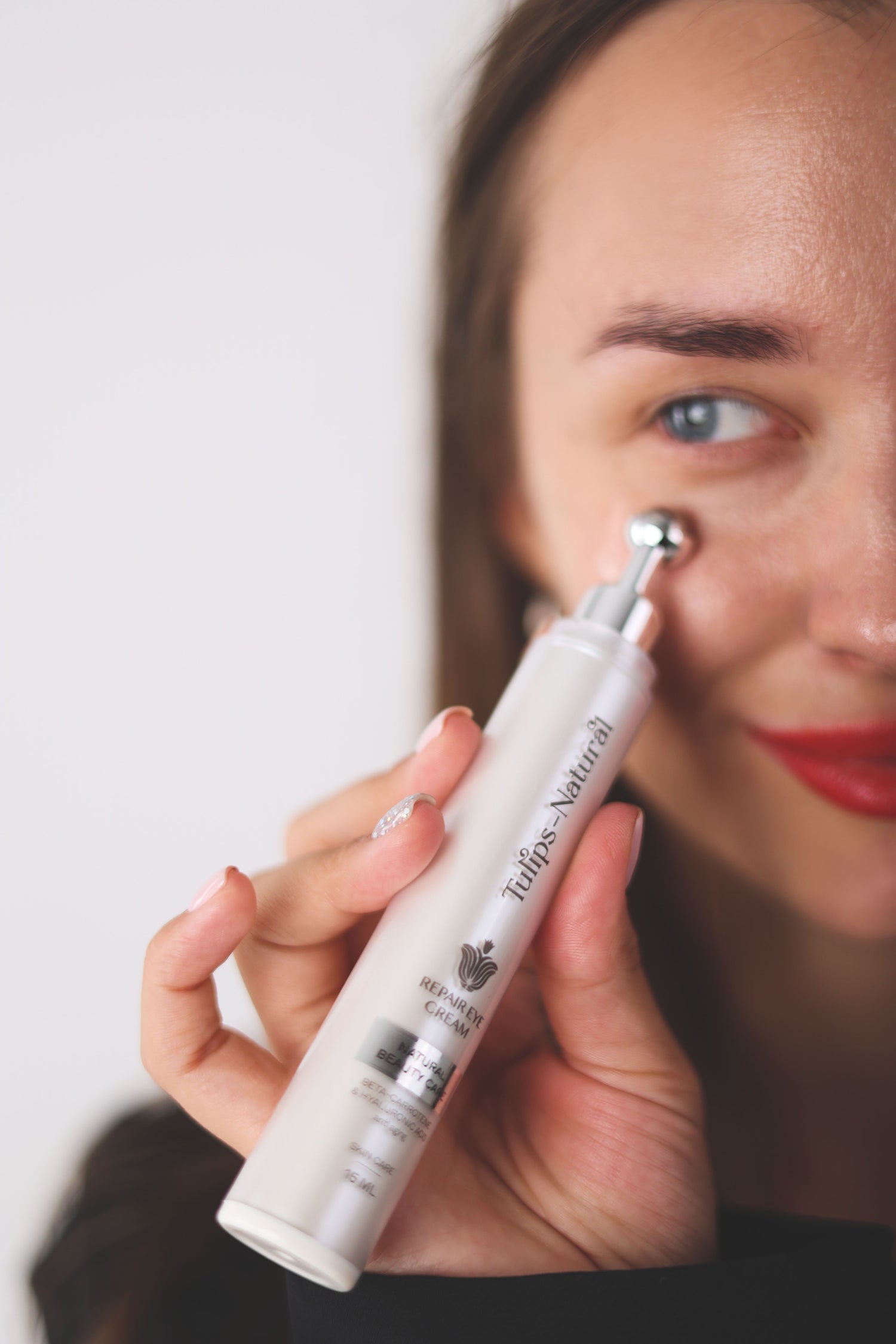ومع ذلك، تشترك كل روتين في بعض المكونات الأساسية
على الرغم من أن نوع شعرك واهتماماتك قد تؤثر على روتين العناية بشعرك بطريقة معينة، هناك بعض الخطوات الأساسية التي يمكن أن يستفيد منها الجميع.
-
التنظيف
تنظيف الشعر هو توازن بين إزالة الأشياء مثل خلايا الجلد الميتة وبقايا المنتجات دون تجريد الشعر من زيوته الطبيعية.
بدون غسل جيد، سيبدأ الزهم في التراكم، مما يترك الزيت غير المرغوب فيه.
وكذلك خلايا الجلد الميتة إذا لم تتم إزالتها. تجد البشرة نفسها تتجدد كل 28 يومًا تقريبًا، وقد يكون ذلك ملحوظًا إذا لم يكن الشعر نظيفًا.
إذا كنت من محبي السباحة، فلا ترغب في ترك الكلور على شعرك. كلما طال بقاؤه عليه، زادت فرص تأثيره سلبًا على الشعر. -
الترطيب
يحتوي البلسم على العديد من الفوائد. الفائدة الرئيسية هي الترطيب، ولكن هناك أيضًا فوائد أخرى مثل فك التشابك، اللمعان، وتقليل التجعد.
المكون الرئيسي للبلسم يسمى "المادة الخافضة للتوتر السطحي الكاتيونية".
عند ترطيب الشعر بالماء، يلتصق هذا المكون بالشعر ويغلف الخصلات لاستعادة الرطوبة التي قد تكون قد أزالها الشامبو. -
الترطيب والختم
لإضافة مزيد من الترطيب إلى الشعر، قد ترغب في اتباع عملية من خطوتين تعرف بالترطيب والختم.
يمكن أن تكون هذه العملية مفيدة بشكل خاص للشعر المجعد أو الملفوف الذي يميل إلى الجفاف.
الهدف هو حبس الرطوبة في الشعر باستخدام منتج مرطب وزيت ختامي. -
فك التشابك
فك التشابك أمر أساسي لمنع تكسر الشعر ولجعل حياتك أسهل.
لكن يجب استخدام الأداة الصحيحة مثل مشط واسع الأسنان لتجنب سحب الشعر عن طريق الخطأ.
اعتمادًا على نوع شعرك، قد تحتاج إلى فك تشابك الشعر يوميًا أو بشكل أقل. -
التصفيف والحماية
بفضل العديد من الأدوات والحيل مثل مكثفات الشعر والجل، يمكنك تصفيف شعرك بأي طريقة تريدها.
لكن إذا كنت من محبي الأدوات الساخنة، ستحتاج إلى حماية خيوط شعرك باستخدام رذاذ حماية من الحرارة. -
علاج الأماكن المحددة
علاج الأماكن المحددة يعني اختيار منطقة معينة تزعجك والقيام بشيء لمعالجتها.
على سبيل المثال، إذا كنت تشعر بالإحباط من تجعد شعرك، يمكنك تجربة علاج بروتيني.
أو إذا لاحظت أن فروة رأسك جافة، يمكنك تطبيق منتج مغذي مصمم لذلك.
المنتجات والأدوات المستخدمة في كل خطوة تختلف بشكل كبير
على الرغم من أن معظم الناس يلتزمون بشكل ديني بالخطوات السابقة، لا يوجد منتج أو أداة محددة يجب عليك الالتزام بها.
بدلاً من ذلك، جرب المنتجات المختلفة للعثور على ما يناسبك.





